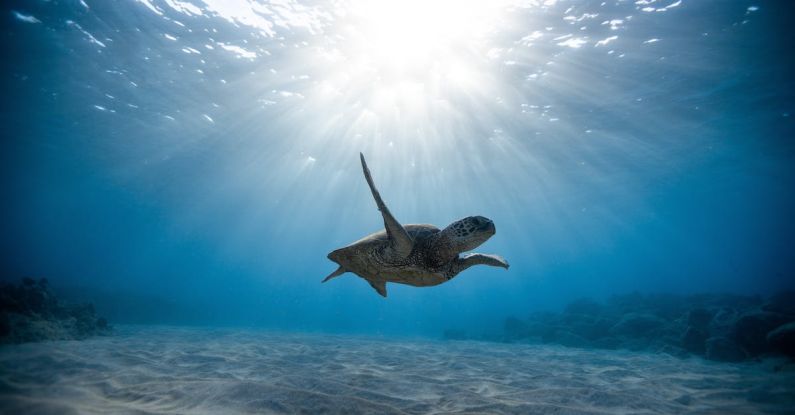The vast expanses of the world’s oceans hold a myriad of mysteries and wonders, including the intricate ecosystems that thrive around wrecks and reefs. These artificial structures, whether intentionally created or the result of human activity, provide vital habitats for a diverse array of marine life. From colorful corals to elusive fish species, these underwater environments offer a glimpse into the remarkable adaptability of organisms in the face of changing landscapes. Let’s delve into the fascinating world of wrecks and reefs and explore the crucial role they play in supporting marine biodiversity.
The Allure of Wrecks
Wrecks, whether sunken ships or submerged aircraft, hold a special fascination for divers and marine enthusiasts alike. These man-made structures serve as a poignant reminder of past events and provide a unique backdrop for marine life to flourish. Over time, wrecks become encrusted with corals, sponges, and algae, transforming them into vibrant underwater oases teeming with activity.
One of the key attractions of wrecks is their ability to harbor a wide range of species that may not be commonly found in natural reef environments. The complex nooks and crannies of wrecked vessels provide shelter for various fish species, crustaceans, and invertebrates, creating a bustling microcosm beneath the waves. For some marine creatures, wrecks offer a safe haven where they can feed, breed, and seek refuge from predators.
The Ghostly Beauty of Artificial Reefs
Artificial reefs, intentionally created structures designed to enhance marine habitats, are another critical component of the underwater landscape. Constructed from materials such as concrete, steel, and old tires, these artificial reefs mimic the structural complexity of natural reefs and provide a substrate for coral growth and colonization by marine organisms.
One of the most striking aspects of artificial reefs is their ability to attract a diverse array of marine life, from tiny invertebrates to majestic apex predators. The gradual process of colonization and succession on artificial reefs mirrors the natural evolution of coral reef ecosystems, albeit at an accelerated pace. Over time, these once barren structures become veritable hotspots of biodiversity, supporting a complex web of interactions among different species.
The Role of Artificial Habitats in Conservation
Beyond their aesthetic appeal and recreational value, wrecks and artificial reefs play a crucial role in marine conservation efforts. By providing additional habitats for marine organisms, these structures help alleviate pressure on natural reefs, which are increasingly threatened by climate change, pollution, and overfishing. Artificial habitats can serve as refuges for vulnerable species, helping to bolster their populations and enhance overall ecosystem resilience.
Moreover, wrecks and artificial reefs offer valuable opportunities for scientific research and monitoring. By studying the ecological dynamics of these artificial habitats, researchers can gain insights into the processes of colonization, succession, and community development in marine environments. This knowledge is essential for informing conservation strategies and guiding the sustainable management of marine resources.
Exploring the Depths: A Window into the Underwater World
For divers and underwater enthusiasts, wrecks and artificial reefs present an unparalleled opportunity to explore the hidden wonders of the ocean. The eerie beauty of a sunken ship enveloped in marine life, or the bustling activity of a vibrant artificial reef, offers a glimpse into the intricate interconnectedness of marine ecosystems. By venturing into these underwater realms, we can witness firsthand the resilience and adaptability of marine life in the face of changing environments.
In conclusion, wrecks and reefs serve as poignant reminders of human impact on the marine environment and the remarkable ability of nature to reclaim and thrive in even the most unlikely of habitats. These artificial homes of marine life not only provide vital habitats for a diverse array of species but also offer valuable insights into the complex dynamics of marine ecosystems. By appreciating and protecting these underwater treasures, we can ensure the continued health and biodiversity of our oceans for generations to come.





